Apple's manufacturer punishments and strong demand tighten iPhone market
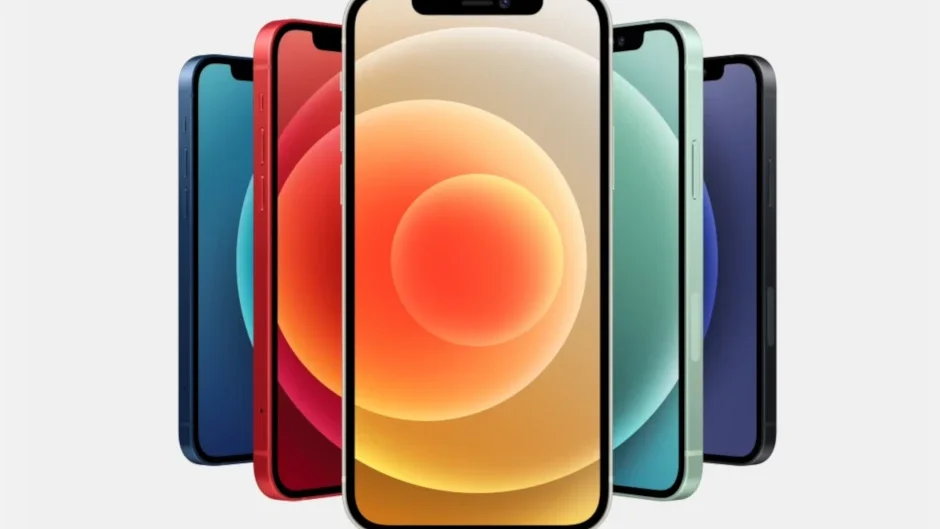
During the beginning of the global pandemic this year, there was a mild shortage of iPhones available in certain configurations. You might remember that in New York City, retailers surveyed by a local newspaper in March found that most were out of iPhone 11 series models. According to Digitimes, we could be facing another tightening of iPhone supplies although it has nothing to do with the coronavirus.
Apple punishes two of its iPhone assemblers which could lead to a tight market for the device
Last week, Apple was forced to put iPhone assembler Wistron on probation after a riot broke out. Members of the company's night shift started complaining that they were not getting paid the amount that they were promised by the company. Apple investigated, found that the employees were right, and decided to ban the company from receiving any new business related to the iPhone until Wistron can guarantee to Apple that employees will be treated correctly.
The contract manufacturer was on the verge of hiring 20,000 workers over the coming year in order to assemble another iPhone model. Now, it isn't clear whether Apple will award this business to Wistron. Apple determined that violations of its 'Supplier Code of Conduct' were committed by the assembler. Some workers at the Narasapura factory in India had been paid late and those participating in the riot damaged important assembly equipment, furniture and some vehicles; Apple forced Wistron to ax a top executive who was in charge of its business in India.
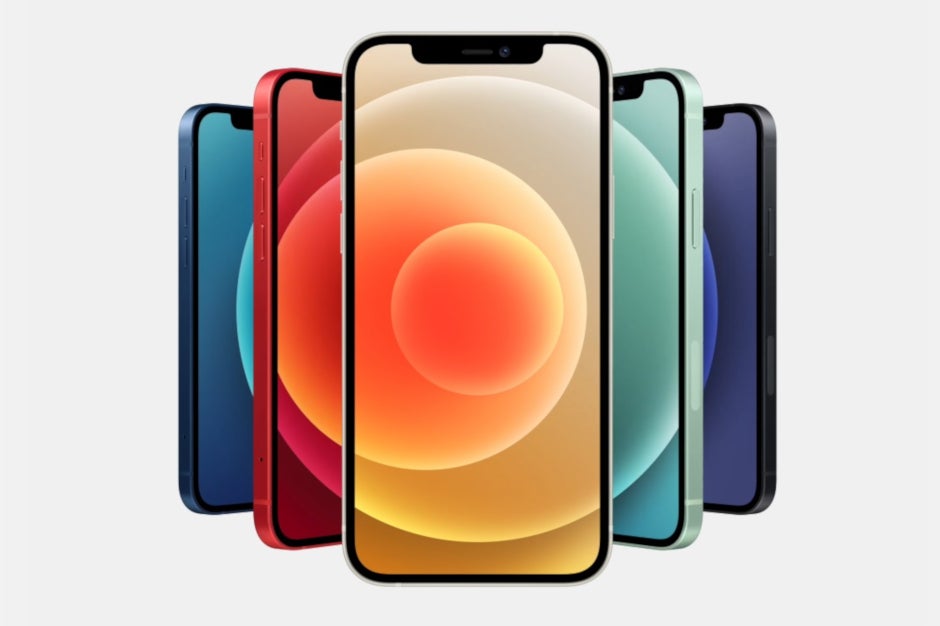
Apple places two of its contract manufacturers on probation
Wistron is the second iPhone assembler punished by Apple. In November, Pegatron was discovered to have violated local labor laws. The company was also placed on probation and banned from obtaining new business from Apple until it fixes its problems. The manufacturer was accused of falsifying documentation allowing some student workers to work nights and overtime, and perform work not related to their major. And to make matters worse, Pegatron and those involved supposedly went to "extraordinary lengths" to cover up the violations.
As a result of these two actions, Digitimes says that there could be an iPhone shortage eventually. However, in India where the Wistron riot took place, Foxconn is ready to invest more money to churn out more iPhone units in the country. One facility produces the iPhone XR and the iPhone 11. Even though India is the second largest phone market in the world, economic conditions force Apple to produce mostly older model iPhones in the country. Pegatron is Apple's second largest iPhone manufacturer globally after Foxconn. While Pegatron's suspension is related to its actions in Taiwan, the firm still is on track to produce iPhones in India starting in July 2021; it isn't clear whether the suspension announced by Apple means that Pegatron must fix the labor issue it has in Taiwan before it rolls iPhone units off of the assembly line in its upcoming Indian factory.
Tightness in the iPhone market could also be caused by other factors other than supply chain suspensions and pandemics. Supply and demand play an important role in determining how tight or soft a product's market is. Demand doesn't seem to be an issue for Apple as some analysts forecast a record number of iPhone shipments next year. The current peak was set in 2015 when 231 million handsets were delivered by Apple. Some Wall Street firms are calling for Apple to ship as many as 250 million phones next year. Of course, this figure does not take into account the possibility of an iPhone shortage.
The iPhone 13 is expected to be offered in the same four sizes: a 5.4-inch iPhone 13 mini, a 6.1-inch iPhone 13, a 6.1-inch iPhone Pro and a 6.7-inch iPhone Pro Max. Powered by the 5nm A15 Bionic SoC, Apple could equip the Pro models with a 120Hz rapid refresh display to smother scrolling and animation. Despite the use of LPTO for the screen, which automatically reduces the refresh rate based on screen content, Apple might still want to hike the battery capacity on the new models.
Follow us on Google News



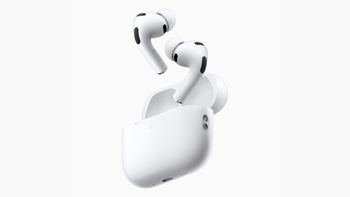
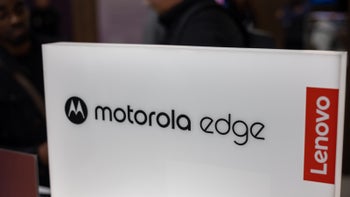

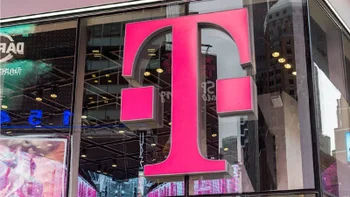






Things that are NOT allowed:
To help keep our community safe and free from spam, we apply temporary limits to newly created accounts: